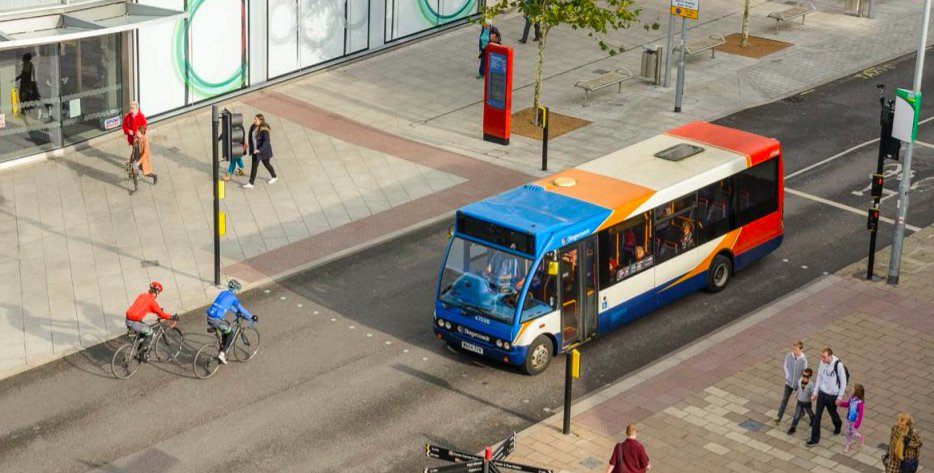
On yer bike!
Park and ride sites on every corridor into Exeter, enhanced rail services, and a new single ticketing platform to encourage non-car travel into and around the city are all part of the long-awaited Exeter Transport Strategy.
More than 14 months after the plan was due to be adopted by Devon County Council, it isset to be agreed by the council’s cabinet when they meet on Wednesday.
The strategy sets out ambitions to support healthy, active lifestyles, a growing economy and a reduction in carbon emissions from transport in Exeter. Since an earlier draft, it has been updated to give greater emphasis on reducing carbon.
Most Exeter residents now travel to work by sustainable means, but 35 per cent of commuting is still by car. However 80 per cent of trips by people coming into the city from outside Exeter are by car - a figure that rises to 90 per cent for people from rural areas.
The plan recognises the importance of supporting essential business travel and maintaining efficient public transport corridors. But Exeter is built on a historic road network, is constrained by limited bridges over the River Exe and has limited scope for widening and increasing capacity. Central to the strategy is a comprehensive cycle and pedestrian network that connects residential areas with schools, key economic hubs, public open space and transport interchanges so that half of trips are made on foot or by bike.
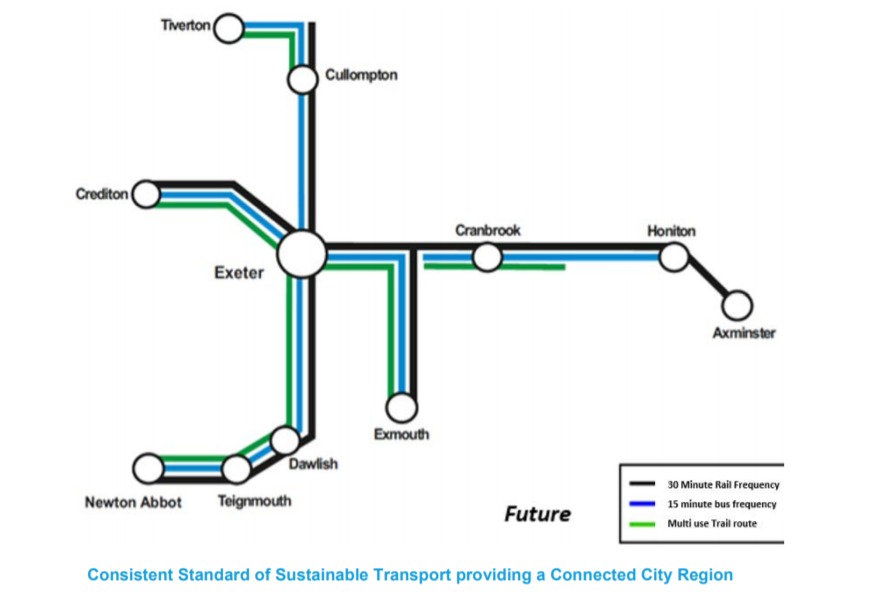
The plan includes:
- Decarbonisation of transport in the Greater Exeter region by providing a sustainable and reliable transport system, allowing people and goods to move around the network efficientl
- Progressing opportunities to remove or reduce traffic on some routes to create “green lanes” and support active travel access from villages on the edge of the city
- A new cycle link to encourage short to medium distance trips from existing settlements into Exeter and the Exe Estuary Trail
- Enhanced bus frequency on key interurban routes, with an aim of achieving 15 minute bus frequency or better on key inter-urban routes into the city from Cranbrook, Crediton, Cullompton and Newton Abbot. This level of frequency provides a ‘turn-up-and-go’ service where users will no longer feel the need to consult a timetable.
- Enhanced bus corridors and improvements at key junctions, with particular focus will be given to enhancing Heavitree Road to achieve more reliable journey times on a key, busy public transport route to growth in the East of Exeter
- Delivery of the cleanest bus fleet with onboard WiF
- The continued improvement of ‘Devon Metro’ rail services improving the connectivity in the city region so that Cranbrook, Crediton, Dawlish, Dawlish Warren, Exmouth, Honiton, Newton Abbot and Teignmouth are served by at least half hourly rail frequency.
- New rail connectivity to Mid Devon, with a station at Cullompton, will also be investigated.
- Park & Ride sites on all key corridors of Alphington Road, A377 to Crediton, B3181 to Broadclyst and A376/A3052 to provide a realistic sustainable travel option for those trips from rural areas into the city that can’t feasibly be served by traditional public transport services.
- Potential of Park & Ride to also provide frequent cross city connections as well as from the city centre out to employment and amenities at Marsh Barton and Sowton / East of Exeter
- Refine and optimise bus routes with enhanced bus priority at major junctions of Exe Bridges, Clyst St Mary and Countess Wear and “Red Routes” on key corridors including Heavitree Road, Pinhoe Road and Cowick Street.
- To protect and enhance strategic rail, road and air connectivity into the city and South West Peninsula so that it retains momentum and continues to offer an attractive place for sustainable growth.
- Innovative car parking in the city centre, which encourages longer stays in the evening and off-peak, whilst discouraging car travel at peak times
- To expand the electric bike hire to provide the largest on-street electric bike scheme in the UK and expand and electrify the car-club fleet
- Improved IT systems to improve real time information, journey time reliability and payment methods.
- Improved resilience, capacity and journey times on rail mainlines as well as ‘working office’ capabilities on new rolling stock, as well as enhanced resilience of M5 J29 – J31 / Splatford Split and to improve access to Exeter Airport by sustainable mode
The plan recognises that outside Exeter, Newton Abbot, Tiverton, Cullompton and Honiton will experience significant growth and the new town of Cranbrook will grow to a size similar to Tiverton during the current Local Plan periods, and additional travel demand within these towns and towards Exeter will need to be accommodated sustainably.
But that although car ownership has been rising, car usage is falling, which provides a great opportunity to promote shared mobility, such as car clubs / bike hire and other non-car travel modes, as a lower carbon alternative to car ownership.
“Devon County Council has a strong track record of delivering transport infrastructure in Exeter,” the plan says. “Nevertheless, the transition to a carbon neutral transport system will require an accelerated change and a key challenge will be how best to embrace innovation and invention to support this transition and ensuring the safety of all users in a complex highway environment.”
It says that for the three key themes of Greater Connectivity, Greater Places for People and Greater Innovation, at least 70 per cent of respondents during the consultation phase expressing a level of support for each theme, that there was strong support for Park & Ride, active travel networks, and the rededication of highway space for pedestrians and cyclists in the city centre.
It adds: “Looking forward over the next 20-25 years, the numbers employed in Exeter are expected to increase by another 25-30 per cent. With existing transport networks already at capacity in peak periods and a need to ensure increased demand does not lead to increased carbon emissions, providing capacity for future growth will depend on effective sustainable alternative travel choices and more sophisticated management of existing transport corridors.
“Technology will unlock new ways to manage the network, such as real time wireless methods of corridor control, which could optimise the operation of the network, providing additional capacity and reliability on core highway routes. This could support reallocating road space for an improved walking and cycling environment on other routes.”
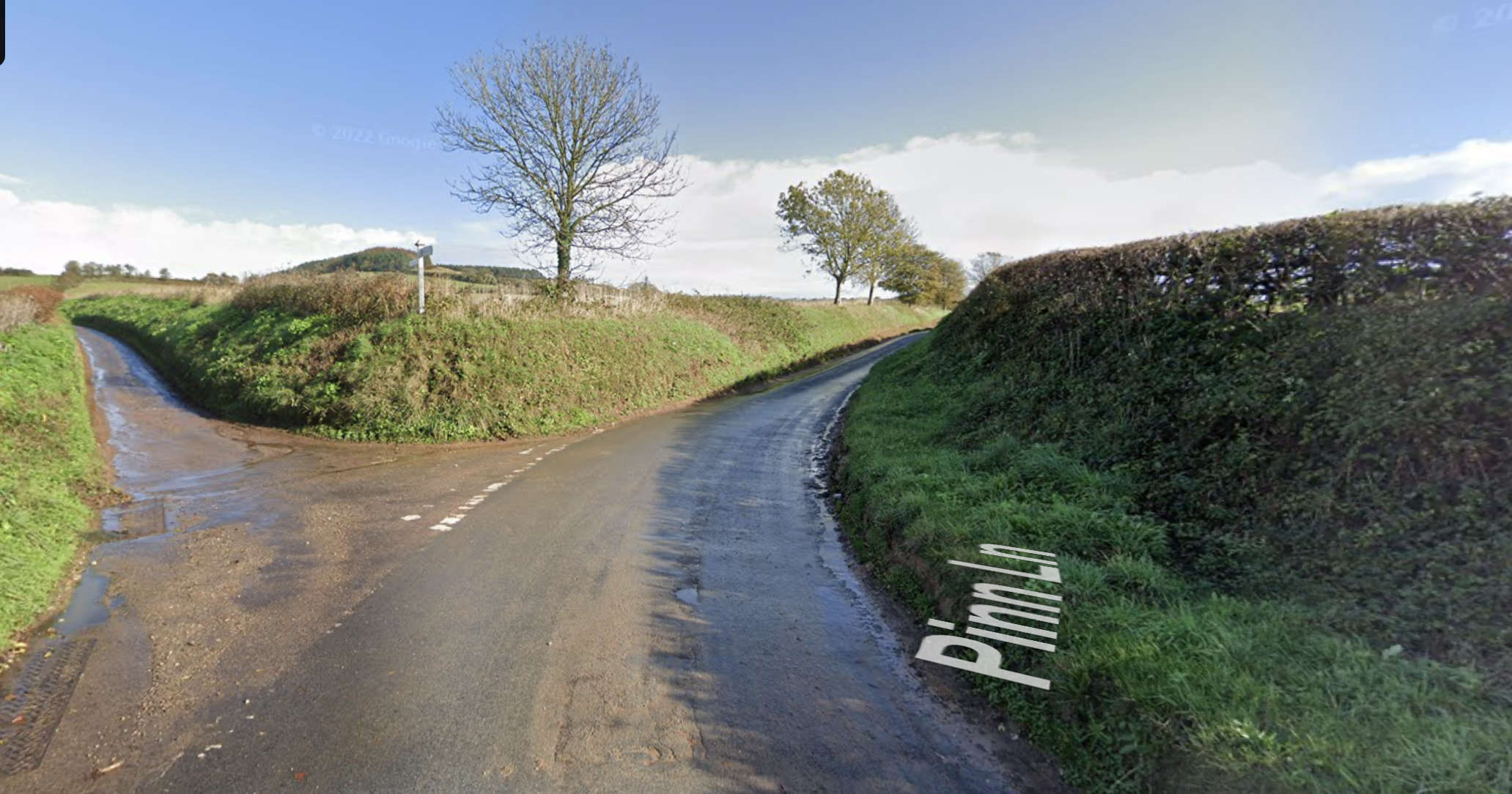 Teenager killed in rural East Devon crash
Teenager killed in rural East Devon crash
 Plymouth schools shine at Theatre Royal
Plymouth schools shine at Theatre Royal
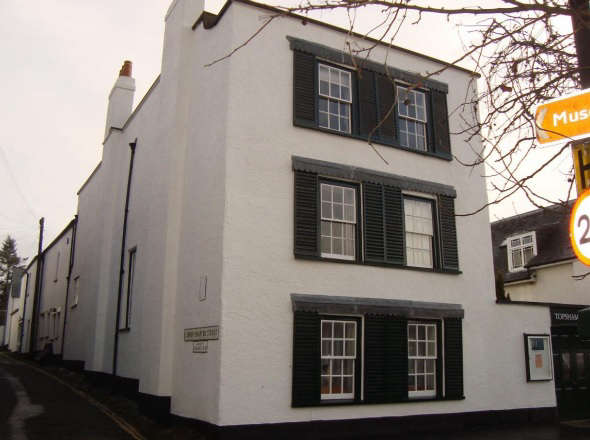 Topsham’s ‘beautiful’ museum to be restored
Topsham’s ‘beautiful’ museum to be restored
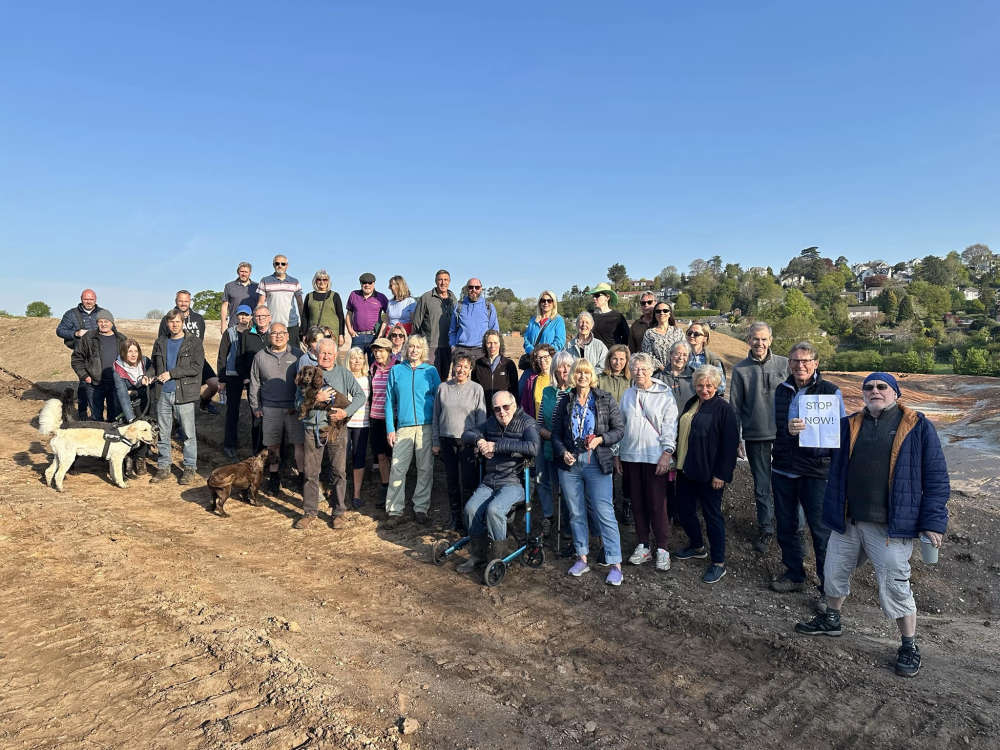 Protest as work stops on controversial Newton Abbot project
Protest as work stops on controversial Newton Abbot project
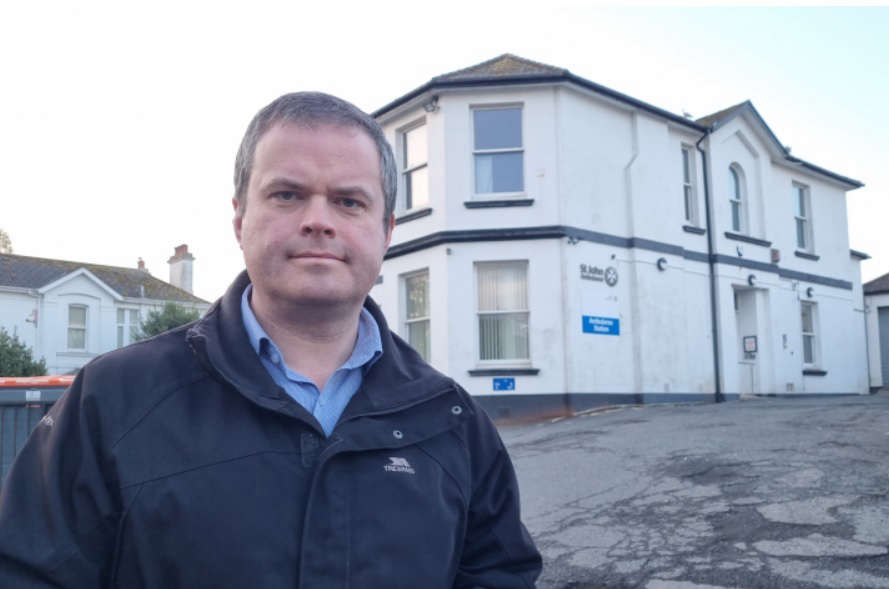 Petition launched to save Paignton ambulance station
Petition launched to save Paignton ambulance station
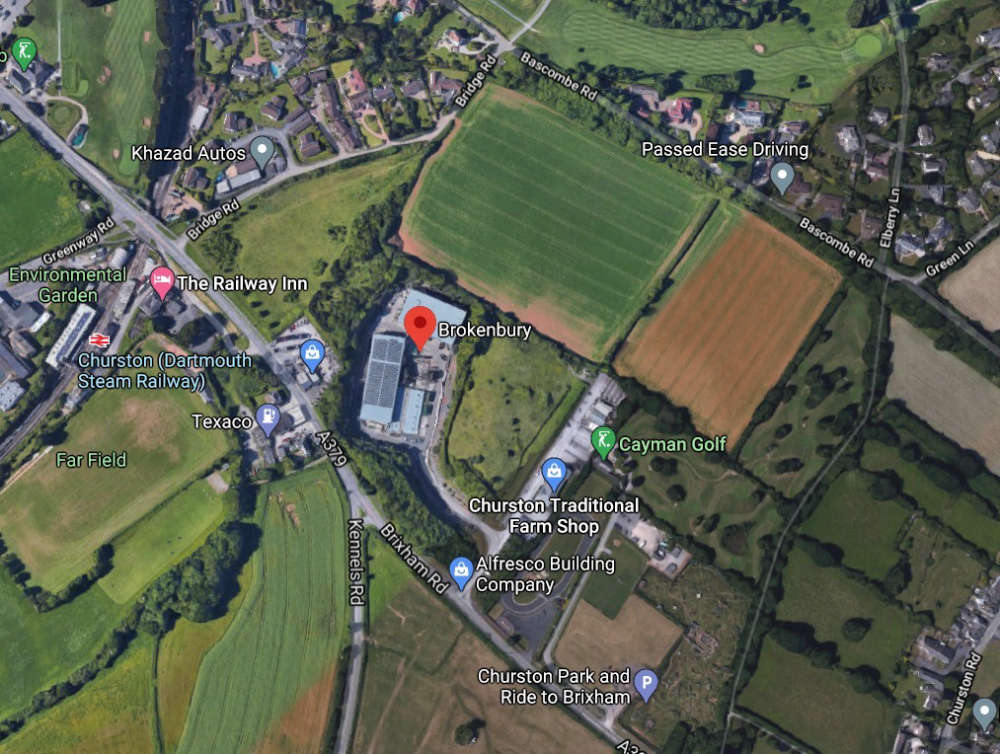 Official challenge to Torbay solar farm project
Official challenge to Torbay solar farm project
